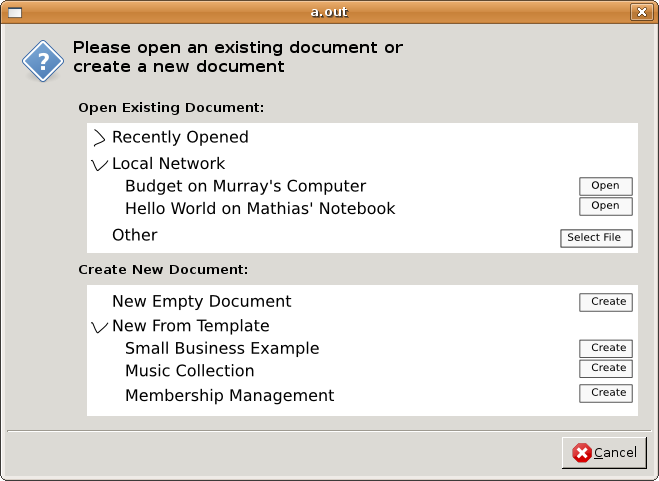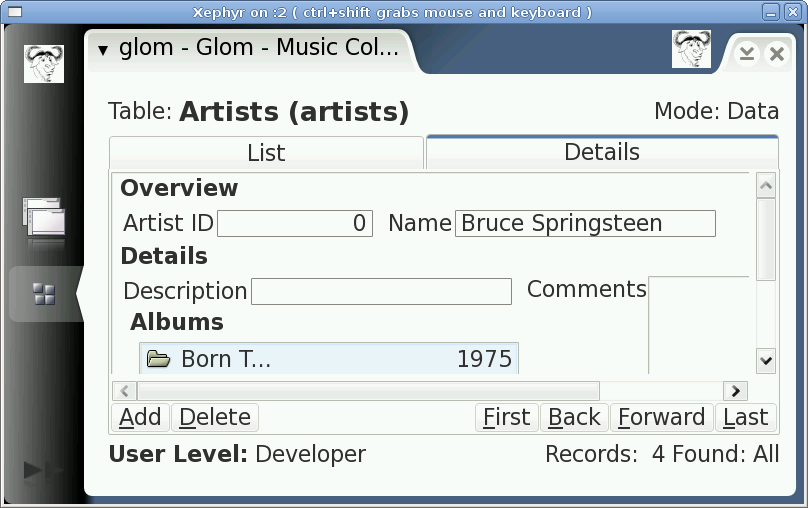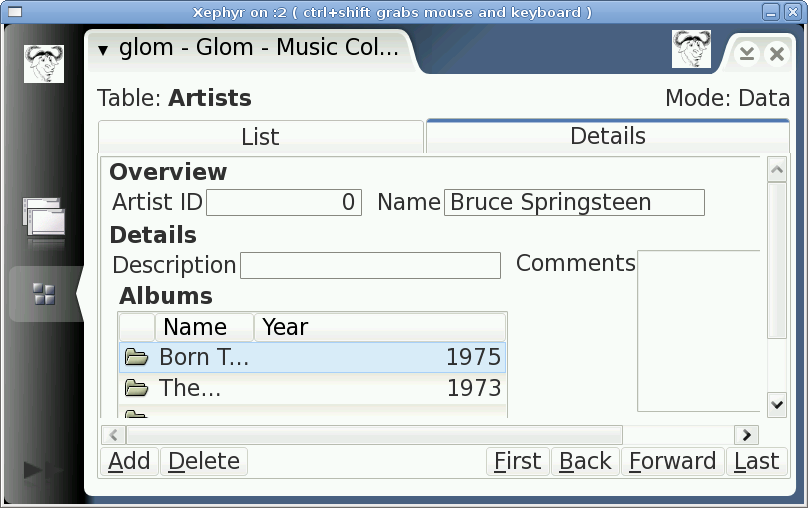Some thoughts about the candidates that I’ll be voting for, and why:
The successful board
Typically, a successful board member will achieve just one big thing and three or four much smaller things. The board as a whole will achieve maybe three big things. Some of your big things will not reach completion. If you focus on just one or two big tasks then you will get at least one done. If you think that’s not ambitious enough then you will waste your energies on five different tasks, none of which you will complete.
The successful board member will get these few things done because he believes it’s important or just because he enjoys getting things done. There will be no reward or thanks for success, and certainly no punishment for failure or inactivity. Nobody will know it was your fault. Do it anyway.
And to make all this work together, a firm chairman is needed. The chairman should keep the board focused by prioritizing tasks, tracking tasks, reassigning them when necessary, and keeping discussions on track. It’s simple stuff, but it isn’t done enough and then everything falls apart quickly.
And the board needs to recognize the things that only the board can do. It’s lazy to claim that something is not a board problem if nobody else can do it. The board is there to do what individuals cannot or may not do. That includes managing the teams whose authority flows from the board (e.g. fixing the release team when its broken. It’s not now.) and making statements on behalf of the GNOME community that elected you (e.g. about OOXML or about the code of conduct). Theoretical discussions about the range of your job just waste time when you should be taking action.
I don’t want to vote for people who think this is taking it all too seriously, or expecting too much. The 50% of people who actually vote probably take GNOME seriously and devote a large part of their lives to it. Don’t let them down and don’t get in their way.
The good
- Vincent Untz:
I don’t know Vincent well, but he seems to pop up everywhere when something needs done. I’m really glad he’s leading the release team now (following on from Elijah, who I also admire) and hope the board continues to benefit from his energy levels.
- Lucas Rocha:
Lucas can focus on a task and drive it to completion, herding the necessary people along. He knows that it takes determination and persistence. Well, that’s what I think when I see his work on the GNOME Road Map.
- Behdad Esfahbod:
Behdad is just so easy to like. He plans to work with the various groups to set up events such as GUADEC, and I think he’s a great person to do that. Though he’s also a very technical guy, I like what he’s saying about separating administrative board tasks from architectural direction, so he’s likely to stay focused.
- John Palmieri:
His involvement with the OLPC and GNOME Online Desktop projects should help the board to support them, though John recognizes that the board rarely needs to set technical direction. He fitted in well to the release team and knew when to pass it on to some one else. I think he’s responsible and capable and we’d benefit if he got even more involved.
- Luis Villa:
Luis displayed good judgment when we dealt with a big problem on the board in 2005, and the board is now far better organized because of it. We missed out on having him as an executive director because of our unnecessary delays. I’d be happy if he takes care of the legal stuff, though I don’t believe that he’ll stay focused on only that. He should.
Luis, you still need to reduce the verbosity that pads your insights. Try to be better than the professional bloggers who name drop you, so you outlive them.
With one exception, the others are also capable and worthy, if they can focus their work and that of the others.
And next, the bad. The very bad.


